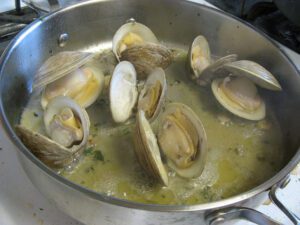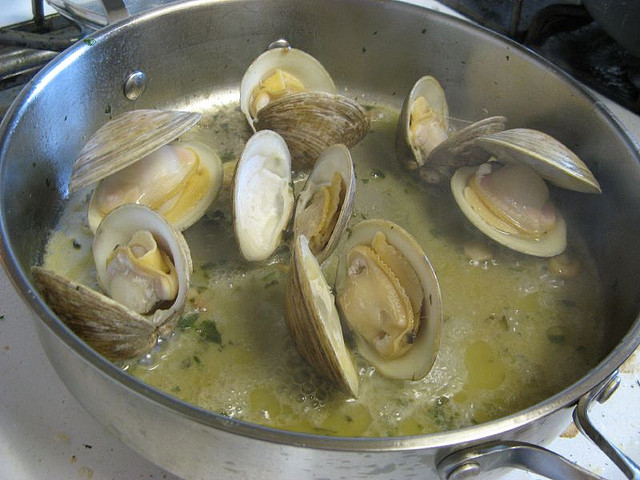
A study carried out by a scientist from the University of Liverpool has found that marine animals used as food by humans could halve in size in coming years.
Around 14% of the animal protein consumed today comes from the oceans, with projections from this study showing a decline of up to 50% in the average size of shellfish. This could mean a significant decline in the food source of a growing population.
Dr Bryony Caswell, from the University of Liverpool’s School of Environmental Sciences, said: “By examining changes in the oceans that happened millions of years ago we are able to piece together more of the picture of what is likely to happen in our own time as a result of declining oxygen levels.”
Dr Caswell along with Dr Angela Coe at the Open University, collected data from over 36,000 clam shells in the north of England dating from early in the Jurassic period, which featured climatic change and declining oxygen levels in the seas similar to that occurring today.
The fossil study found a reduction in the 183-million-year-old-clams as oxygen in the water decreased. The changes affected ocean chemistry, in turn affecting the clams’ food supply and the rest of the food chain – leading to a decrease in biodiversity and the average body size of clams.
Dr Caswell added: “Unfortunately, our research has shown that if ocean oxygen levels continue to decline, within the next few decades to centuries, it is likely that marine molluscs and possibly other seafloor animals will be smaller and there will be fewer species.
“This reduction in body-size and biodiversity has profound implications for the animals in our seas and the people who rely on them for food.”
The study was funded by a National Environmental Research Council (NERC) grant to Bryony Caswell at the Open University and was published in the journal, Geology.

